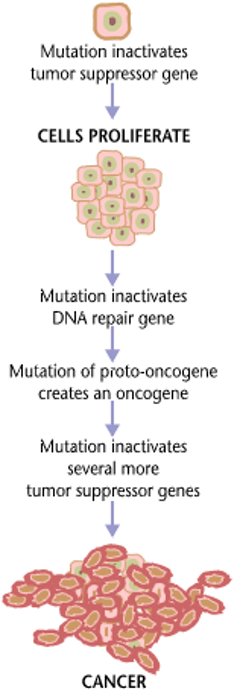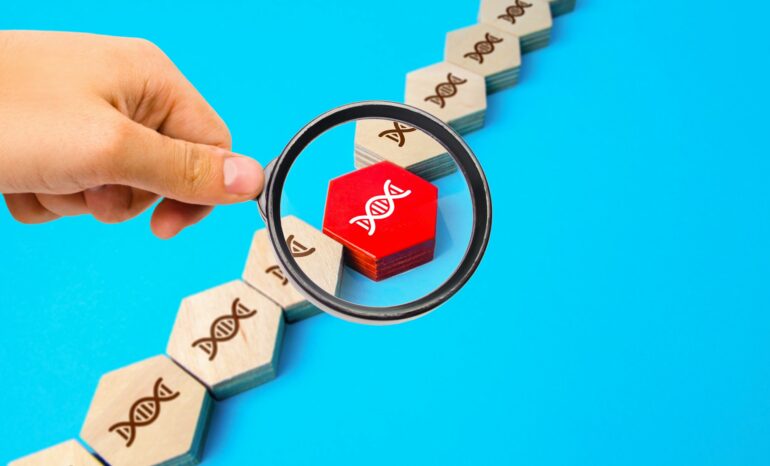Most of the roughly 40 trillion cells of your body have nearly identical copies of your genome – the DNA inherited from your parents, containing instructions for everything from converting food to energy to fighting off infections. Healthy cells become cancerous through harmful mutations in the genome. If a cell’s genome is damaged by ultraviolet light, for example, it can result in mutations that tell the cell to grow uncontrollably and form a tumor.
Identifying the genetic changes that cause healthy cells to become malignant can help doctors select therapies that specifically target the tumor. For example, about 25% of breast cancers are HER2-positive, meaning the cells in this type of tumor have mutations that cause them to produce more of a protein called HER2 that helps them grow. Treatments that specifically target HER2 have dramatically increased survival rates for this type of breast cancer.
Scientists can now readily read cell DNA to identify mutations. The challenge is that the human genome is massive, and mutations are a normal part of evolution. The human genome is long enough to fill a 1.2 million-page book, and any two people can have about 3 million genetic differences. Finding one cancer-driving mutation in a tumor is like finding a needle in a stack of needles.
I am a computer scientist who explores large and complex genetic data sets to answer fundamental questions about biology and disease. My research team and I recently published a study using DNA from thousands of healthy people to help identify disease-causing mutations by using the principle of natural selection.
While genetic mutations are an everyday part of life, some can lead to cancer.
Using big data to find cancerous mutations
When determining what type of cancer mutation a patient has, the gold standard is to compare two samples from the patient: one from the tumor and one from healthy tissue (typically blood). Since both samples came from the same person, most of their DNA is identical; focusing only the genetic regions that differ from each other drastically narrows the location of a possible cancer-causing mutation.
The problem is that healthy tissue isn’t always collected from patients, for reasons ranging from clinical costs to narrow research protocols.
One way to get around this is to look at massive public DNA databases. Since cancer-driving mutations are detrimental to survival, natural selection tends to eliminate them over time in successive generations. Of all the mutations in a tumor, the ones that occur less frequently in a given population are more likely to be harmful than changes that are shared by many people. By counting how often a mutation occurs in these databases, researchers can distinguish between genetic changes that are common and likely benign and those that are rare and potentially cancerous.




